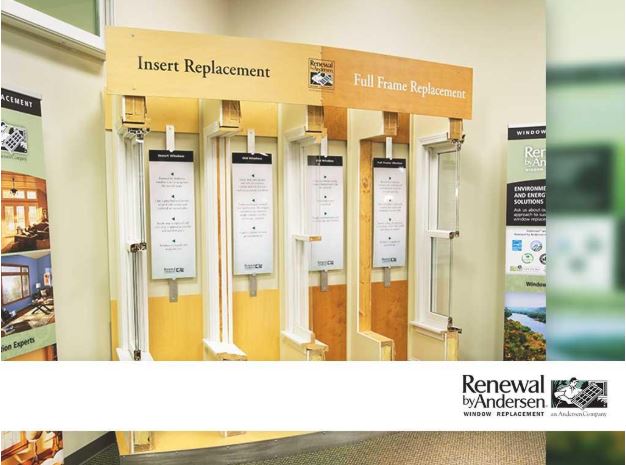MENU


With certain types of windows, increasing aesthetic appeal is a zero-sum game. For example, bay windows can make a room feel more spacious by increasing the natural lighting in a room, but it comes at the cost of letting in more heat and raising your cooling costs. Luckily, with energy-efficient windows, this isn’t the case anymore.
Looking for energy-efficient windows has also been made easy thanks to the ENERGY STAR® certification system. Windows with this certification underwent independent testing and were found to have met the Environmental Protection Agency’s guidelines.
But how do you choose a window out of the hundreds that have ENERGY STAR certifications? Picking the right kind of style, frame, and glazing for your single-pane and clear glass windows can save you hundreds of dollars a year, but it can also be a bit overwhelming. Renewal by Andersen® of Knoxville, your custom windows expert, makes deciding easier for you by listing down what makes an energy-efficient window.
Energy-efficient windows have durable, low-maintenance frames that can lower the amount of heat that passes through and can insulate better. Some of the more common materials used in energy-efficient windows are fiberglass, vinyl, and wood; all of which have good insulation properties.
To assess a window’s energy efficiency, look for a window’s U-factor and solar heat gain coefficient (SHGC) value. The lower the U-factor, the better a window’s insulation properties, heat resistance, and energy efficiency. The lower the SHGC, value, the less solar heat that enters your home.
It’s recommended that homes in temperate climates get a window that has a low U-factor and SHGC value. For those living in warmer and colder climates, they’d have to take into account the window’s glazing as well.
Insulated Glazing – Windows with this glazing use an air space sandwiched between two panes of glass to regulate heat.
Low-Emissivity (low-E) Coatings – The metal or metallic oxide layer applied to a glass panel’s surface can both reduce solar heat and loss, depending on the climate.
Gas-filled Windows – Argon and krypton, two odorless and non-toxic gases, fill the spaces between glass layers to regulate heat.
Generally, low-E windows with a low u-factor are best suited for homes in cold climates while low-e windows with low SHGC are better suited for homes in warmer climates.
If you’re looking for energy-efficient windows, you might want to look up Renewal by Andersen’s catalog of products. We have been making quality windows—from sliding windows to bay windows—for more than 100 years. To get a free consultation, call (866) 609-5033 or fill out this form. We serve clients in Oak Ridge, TN as well as other areas in Tennessee.